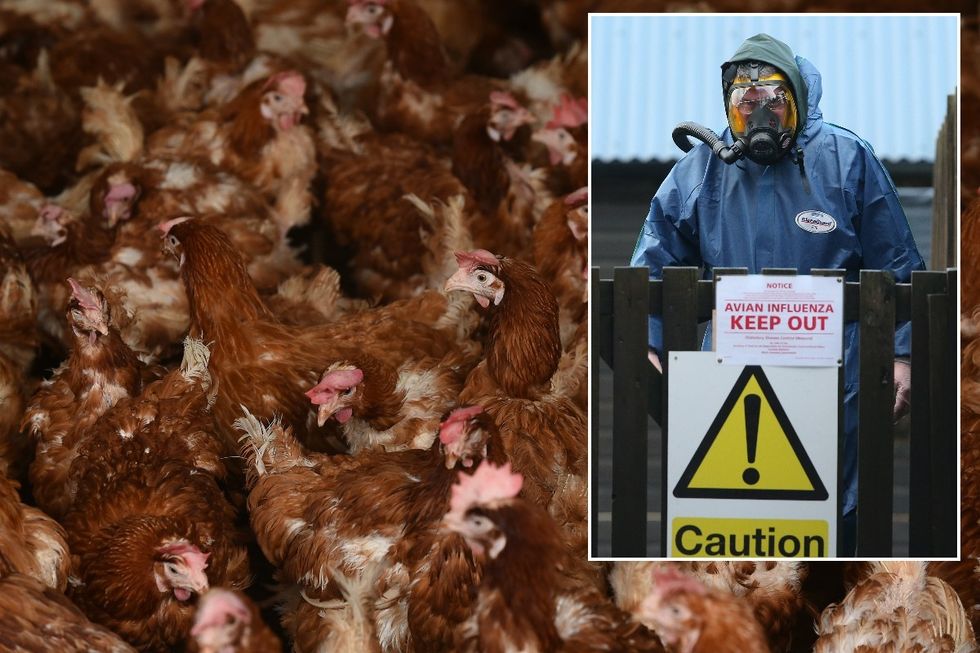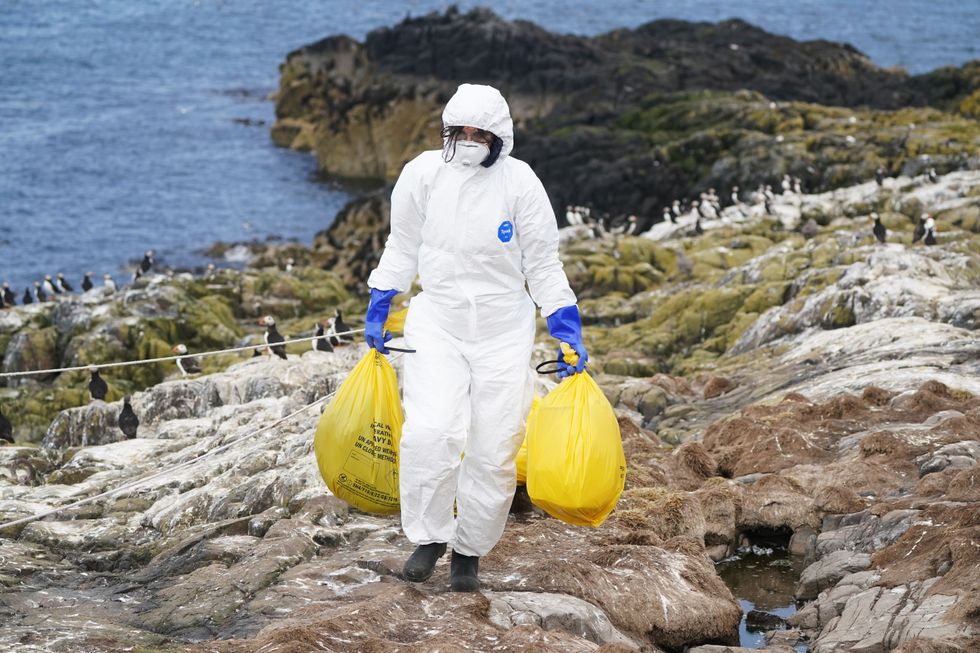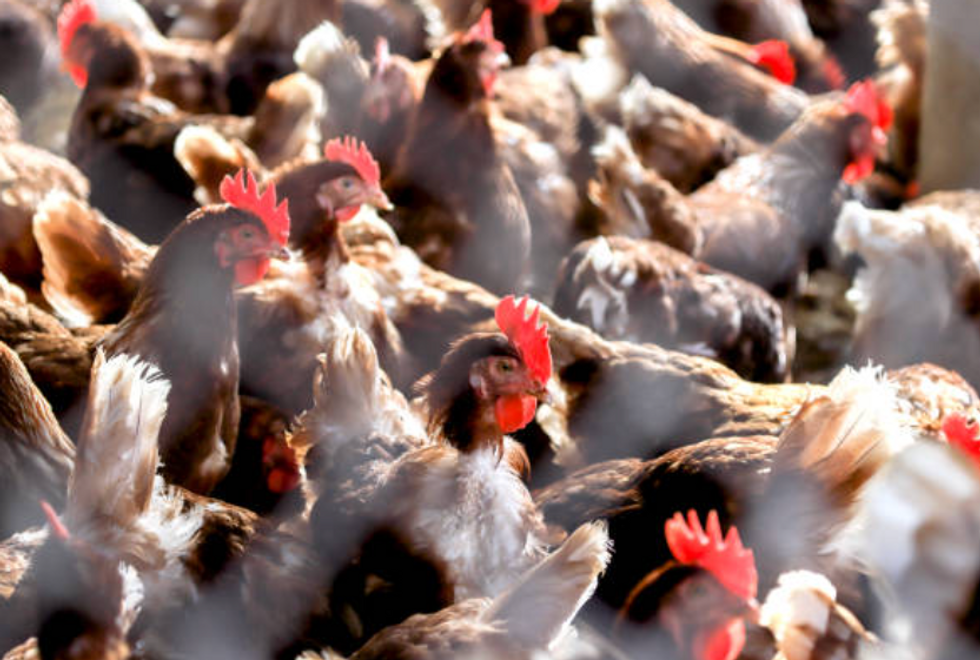A case of H5N1 bird flu has been confirmed at a commercial poultry farm, the Department for Environment, Food and Rural Affairs (Defra) has said.
The outbreak near Rosudgeon, St Ives in Cornwall, has prompted immediate action from authorities at the premises near Penzance.
All birds at the affected farm will need to be humanely culled to prevent further spread of the virus, Defra confirmed.
To contain the outbreak, Defra has established a 3km protection zone and a 10km surveillance zone around the infected premises in a bid to prevent the disease from spreading to other poultry farms in the region.
The outbreak marks the first confirmed case of highly pathogenic avian influenza (HPAI) H5N1 in kept birds during the current season.
However, it follows recent detections of HPAI H5N5 and H5N1 in wild birds across England and continental Europe.
Less than two weeks ago, a different strain of bird flu, H5N5, was reported at a poultry farm in Yorkshire.
Outbreaks typically occur in autumn before subsiding in spring and summer.

The H5N1 bird flu strain has been detected in wild birds, poultry, and dairy cows across America
Getty Images

"That particular strain has not been seen this side of the Atlantic though."
When asked what was concerning about the H5N5 strain and whether it could have epidemic or pandemic potential, Digard said: "I wouldn't necessarily single out H5N5 in particular.
"This is just the latest iteration of Clade 2.3.4.4b H5 avian influenza, which caused havoc in UK poultry and wild birds a couple of years ago but to which (hopefully) wild birds now have some immunity to which might limit the spread of this novel version.
"This should reduce the risk to poultry (less virus around) and so, with decent biosecurity, should reduce the risk of the virus spreading further to people or other domesticated animals.
"The risk is more that it's a new variant, so there is an element of waiting to see how it behaves and for experts (e.g. in the UK Flu Trailmap consortia) to assess it in the lab, just in case it has unwelcome surprises for us.
"The behaviour of the US strain of H5 (H5N1 B3.13) is more worrying, as it seems to be widespread in birds and dairy cattle and from there it has caused a number of human infections; though thankfully none severe.
"The primary worry is that this chain of infections in the USA could act as a gateway for the virus to change its behaviour further, become more infectious for people and transmit between them and that's the potential start of an epidemic or even a pandemic."

 By GB News (World News) | Created at 2024-11-18 11:24:31 | Updated at 2024-11-23 16:51:53
5 days ago
By GB News (World News) | Created at 2024-11-18 11:24:31 | Updated at 2024-11-23 16:51:53
5 days ago









